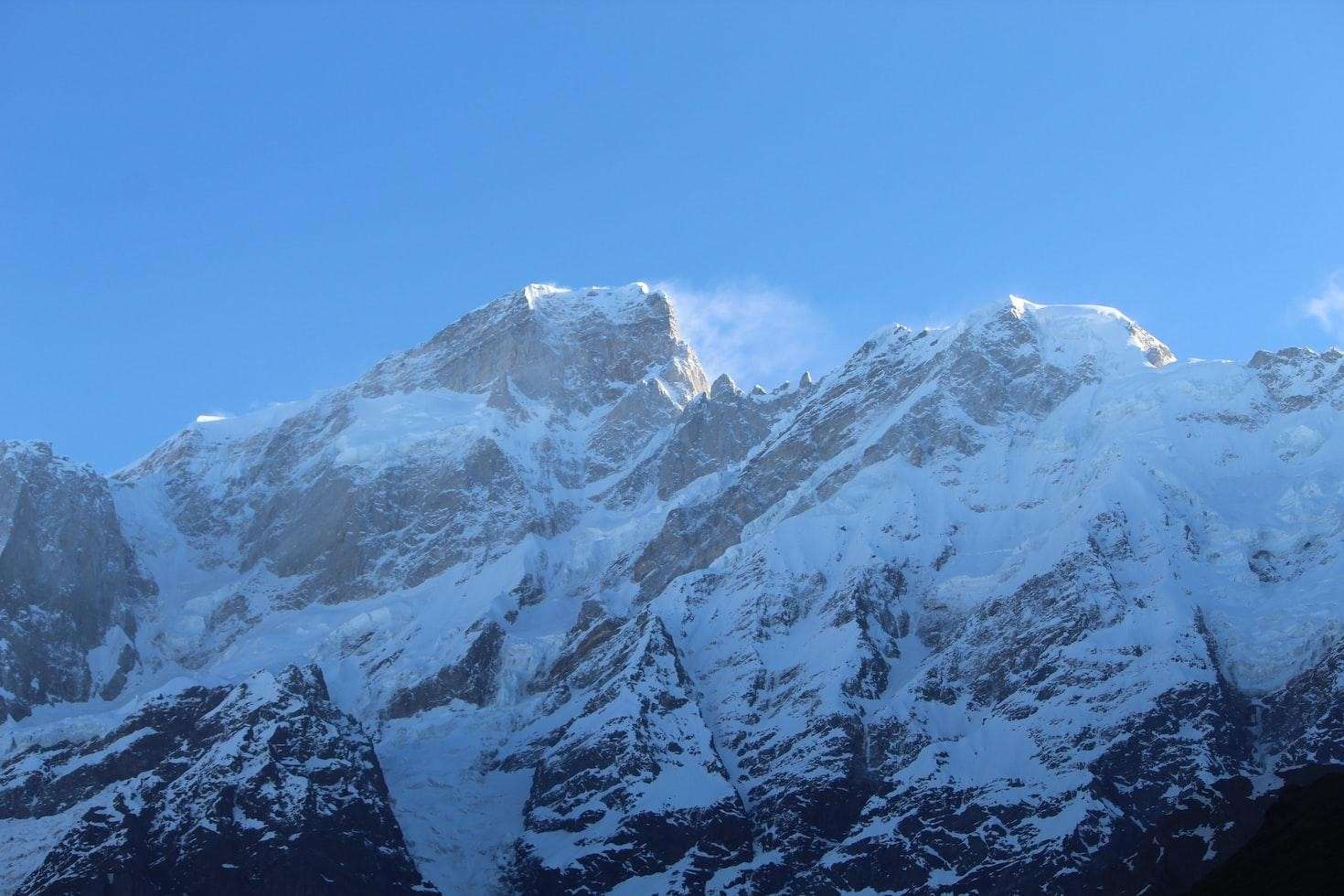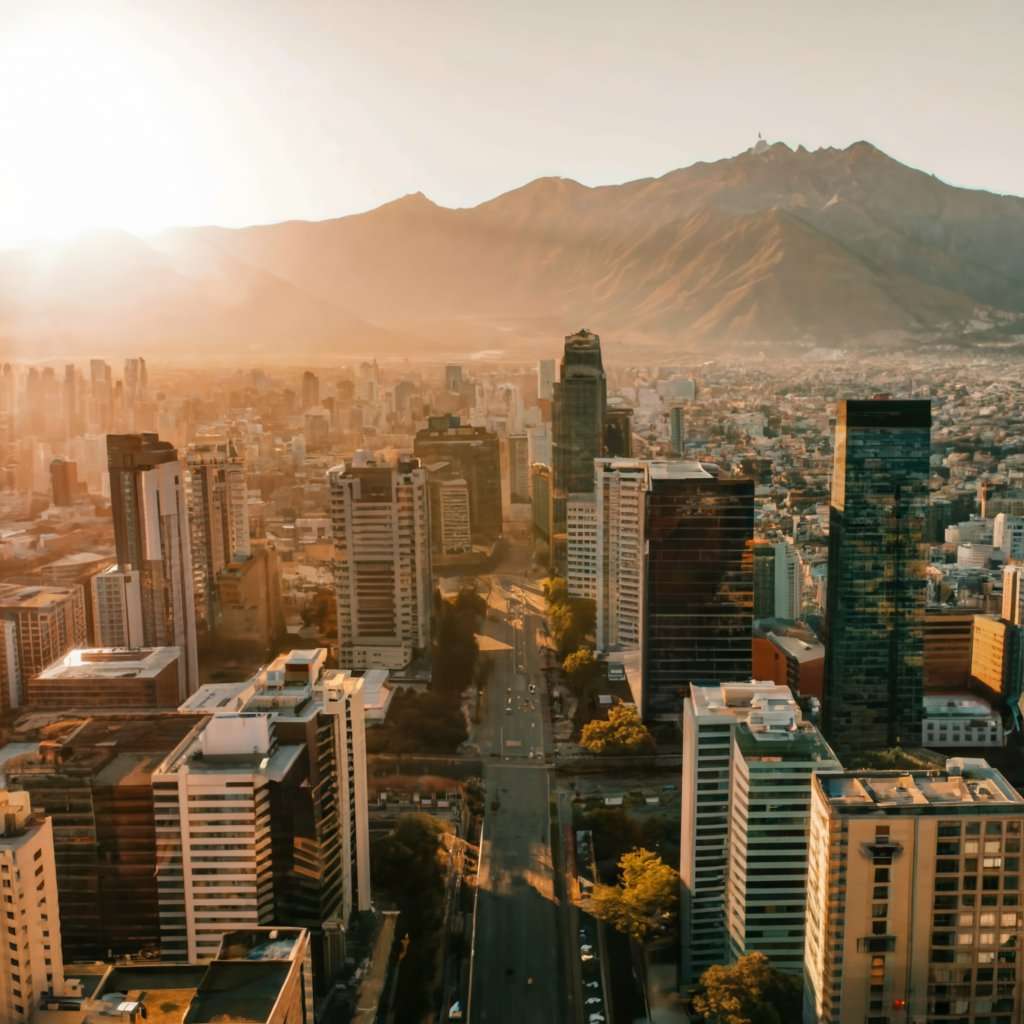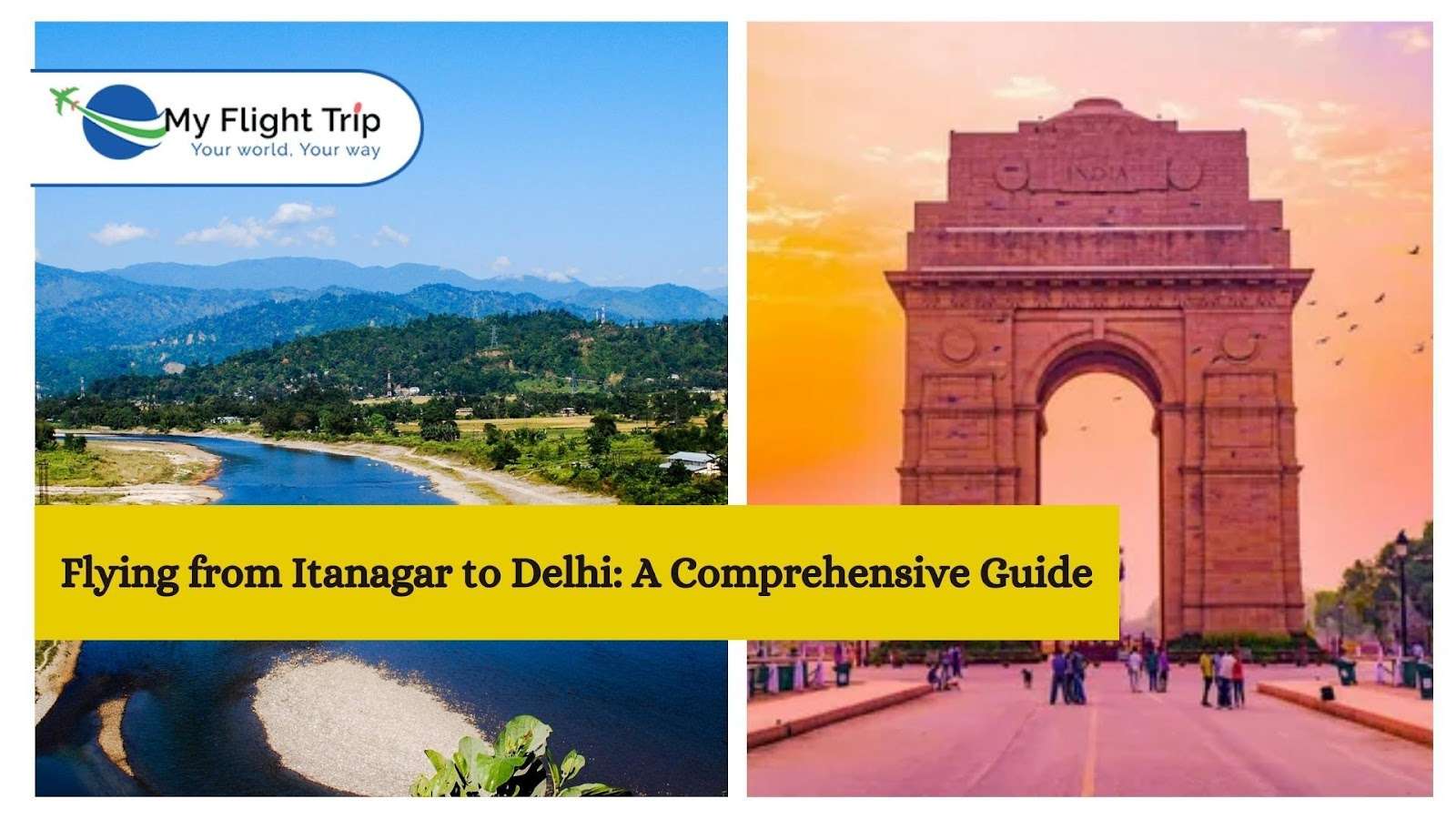Embarking on a journey to Kedarnath trip is not just a trip; it’s a soul-stirring adventure that beckons the daring hearts of the Adventure Communities, Travel Enthusiasts, and Hiking aficionados. In this comprehensive guide, we will delve into the difficulty levels of the Kedarnath trip and equip you with invaluable training tips. So, fasten your seatbelts (or trekking boots) as we unfold the mysteries of this awe-inspiring pilgrimage.
Peak Performance: Tips for Tackling the Kedarnath Trip’s Challenges
Let’s kick off this adventure with an understanding of what awaits you in the heart of the Himalayas – Kedarnath. It’s not just a pilgrimage; it’s a trek that challenges your physical and mental limits.
Kedarnath stands proudly at an altitude of 11,755 feet, nestled amidst the majestic peaks of the Himalayas. This isn’t just a journey to a sacred temple; it’s an odyssey that tests your endurance, resilience, and spirit. As we unveil the layers of this incredible adventure, you’ll discover the profound beauty that lies beyond the challenges.
2. Understanding Kedarnath
2.1 The Spiritual Essence
Before you embark on the physical journey, understand the spiritual significance. Kedarnath is not just a place; it’s a pilgrimage that transcends the material world, inviting you to connect with the divine. The air is filled with chants, the ambiance resonates with spirituality, and every step you take is a stride closer to self-discovery.
2.2 Historical Riches
Delve into the historical treasures that Kedarnath holds. From ancient legends to architectural marvels, every stone in Kedarnath whispers stories of the past. The temple, believed to be over a thousand years old, has withstood the tests of time and witnessed the ebb and flow of centuries. Exploring its history adds a profound layer to your trekking experience.
3. Terrain Challenges
3.1 Rocky Pathways
Navigating through the rocky pathways requires a blend of agility and endurance. Learn how to tackle uneven terrains without compromising your pace. The rocks, worn by the footsteps of countless pilgrims, present both a physical challenge and a symbolic testament to the journey’s enduring legacy.
3.2 River Crossings
The trails to Kedarnath often involve river crossings. Equip yourself with techniques to navigate these water obstacles safely. The gushing rivers, fed by melting snow, add an element of adventure. Crossing them becomes a metaphor for overcoming life’s obstacles, one step at a time.
4. Physical Preparation
4.1 Cardiovascular Fitness
Understand the importance of cardiovascular fitness in trekking. Discover exercises that enhance your heart and lung endurance, crucial for the high altitudes. Cardiovascular fitness is the engine that propels you through the challenging terrains, and preparing it ensures a smoother journey.
4.2 Strength Training
Build the necessary strength to carry your backpack and navigate challenging terrains. A strong body minimizes the risk of injuries and enhances your overall trekking experience. Engage in strength training that targets your lower body, core, and upper body – a holistic approach to conquering the physical demands of Kedarnath.
4.3 Endurance Drills
Endurance is your ally in the mountains. Incorporate drills that mimic the long, steady climbs and descents you’ll encounter. From uphill hikes to extended cardio sessions, your body needs to adapt to sustained effort.
5. Mental Resilience
5.1 Meditation Techniques
Incorporate meditation into your routine to cultivate mental resilience. Trekking in the Himalayas demands a calm mind amidst challenges. Meditation becomes your anchor, allowing you to find serenity amidst the mountain’s unpredictable temperament.
5.2 Solo Reflections
Discover the power of solo trekking for mental resilience. Kedarnath trip offers moments of solitude that can be transformative for your inner strength. Solo reflections amidst the vast Himalayan landscape provide an opportunity for self-discovery and a deeper connection with nature.
6. Gear Essentials
6.1 Selecting the Correct Footwear
Explore the intricacies of choosing the right trekking boots. Your footwear can make or break your trek, so invest wisely. The right boots offer the support needed for the rocky terrains and ensure your feet remain comfortable throughout the journey.
6.2 Weather-Ready Clothing
Understand layering techniques to tackle the unpredictable mountain weather. Being prepared for rain, snow, and sun is essential. Your clothing is your shield against the elements; layering allows you to adapt to changing conditions without compromising comfort.
6.3 Backpack Essentials
Pack smartly, keeping in mind the essentials for your journey. From a sturdy backpack to water-resistant covers, every item serves a purpose. Distribute the weight evenly to maintain balance and reduce strain on your back during long treks.
7. Altitude Acclimatization
7.1 Gradual Ascent Strategies
Discover the significance of gradual ascent in acclimatization. Rushing through the altitude increases the risk of altitude-related illnesses. Allow your body time to adjust to the decreasing oxygen levels by adopting a gradual ascent strategy.
7.2 Symptoms and Solutions
Recognize the symptoms of altitude sickness and learn how to respond promptly. Knowledge is your best defense against this common mountain challenge. Headaches, nausea, and fatigue are signals from your body, and understanding them ensures a safe and enjoyable journey.
8. Guided Tours vs. Solo Adventures
8.1 Pros of Guided Tours
Explore the benefits of having an experienced guide. From safety to enriched experiences, guided tours have their unique advantages. A knowledgeable guide not only ensures your safety but also provides insights into the local culture, history, and flora and fauna.
Embark on your Kedarnath trip confidently with The Searching Souls, your trusted partner in unforgettable journeys. Discover trip difficulty insights and essential training tips for an experience that goes beyond exploration.
8.2 Embracing Solo Freedom
Discover the liberating experience of solo trekking. Uncover the joys of self-discovery and the freedom to set your pace. Solo adventures allow you to forge a direct connection with nature, experiencing the mountains on your terms.
8.3 Group Dynamics
Consider the dynamics of trekking in a group. The camaraderie built during a group trek adds a social dimension to the journey. Shared experiences create lasting bonds and memories.
9. Weather Woes
9.1 Seasonal Considerations
Understand the nuances of trekking in different seasons. Each season brings its challenges and rewards. Spring brings blooming flowers, while winter transforms the landscape into a serene, snow-covered wonderland. Choose your time based on the experience you seek.
9.2 Packing for All Seasons
Pack smartly for diverse weather conditions. From lightweight jackets to thermal layers, your backpack should be a miniature weather station. Be prepared for sudden changes, and adapt your clothing to the season and time of day.
10. Culinary Considerations
10.1 Nutritional Needs
Understand the increased nutritional demands of trekking. Balancing carbs, proteins, and fats is crucial for sustained energy. Your body burns calories at an accelerated rate in the mountains, and a well-balanced diet ensures you have the fuel needed to conquer each step.
10.2 Local Cuisine Experience
Savor the local flavors of Kedarnath. From hot beverages to regional delicacies, the mountain cuisine adds a delightful dimension to your journey. Try local teas, warming soups, and energy-packed snacks that reflect the cultural richness of the region.
11. Emergency Preparedness
11.1 First Aid Know-How
Equip yourself with basic first aid skills. Knowing how to address common trekking injuries can make a significant difference. From blisters to minor cuts, being prepared allows you to handle emergencies confidently until professional help is available.
11.2 Communication in the Wilderness
Explore communication tools for remote areas. From satellite phones to signaling techniques, staying connected enhances safety. While the mountains offer solitude, communication tools ensure you can reach out in case of emergencies and stay connected with your support network.
11.3 Navigation Skills
Develop basic navigation skills to find your way in the mountains. A map and compass, coupled with knowledge of the terrain, can be invaluable. While guided tours provide navigation, having your skills adds an extra layer of safety and independence.
12. Post-Trek Recovery
12.1 Rest and Regeneration
Understand the importance of adequate rest. Your body needs time to recover and rejuvenate after the exertion. Sleep, coupled with gentle stretches, aids muscle recovery and ensures you’re ready for subsequent treks.
12.2 Celebrating Achievements
Reflect on your achievements and celebrate your journey. Whether it’s a personal goal or conquering a challenging trail, every step is a triumph. Acknowledge the growth, both physically and mentally, and carry the lessons learned into your future adventures.
13. Tales from the Trail
13.1 Community Bonding
Discover the sense of community among trekkers. Shared stories create bonds that transcend geographical boundaries. The trail becomes a canvas for shared experiences, creating a global community of adventure seekers.
13.2 Lessons Learned
Explore the lessons learned by seasoned trekkers. Their experiences can offer valuable guidance for your Kedarnath trip . From packing tips to mental strategies, these insights are pearls of wisdom gained through the trials and joys of trekking.
14. Conclusion
As we wrap up this exhilarating journey through the intricacies of a Kedarnath trip, remember, it’s not just a destination; it’s a transformative experience. The challenges you face and the triumphs you celebrate become etched in the tapestry of your life, creating memories that endure long after the trek is over.
15. FAQs: Exposing Typical Questions
Q1: Is Kedarnath trip suitable for beginners?
A: While Kedarnath is challenging, beginners can undertake it with proper preparation and guidance. Start with less strenuous treks to build your stamina and confidence.
Q2: What’s the best time for a Kedarnath trip?
A: The ideal time is May to June and September to October when the weather is favorable. These months offer a balance between clear skies and manageable temperatures.
Q3: How do I deal with altitude sickness?
A: Stay hydrated, ascend gradually, and listen to your body. Immediate descent is crucial if symptoms persist. Acclimatization is key, so plan rest days to adjust to higher altitudes.
Q4: Can I do Kedarnath trip without a guide?
A: While solo treks are possible, a guide ensures safety and enriches the experience with local insights. If you choose to go solo, thoroughly research the route, carry detailed maps, and inform someone about your itinerary.
Q5: What’s the most challenging part of the trek?
A: The steep ascent from Gaurikund to Kedarnath is physically demanding but incredibly rewarding. Take your time, stay hydrated, and savor the breathtaking views as you ascend.










